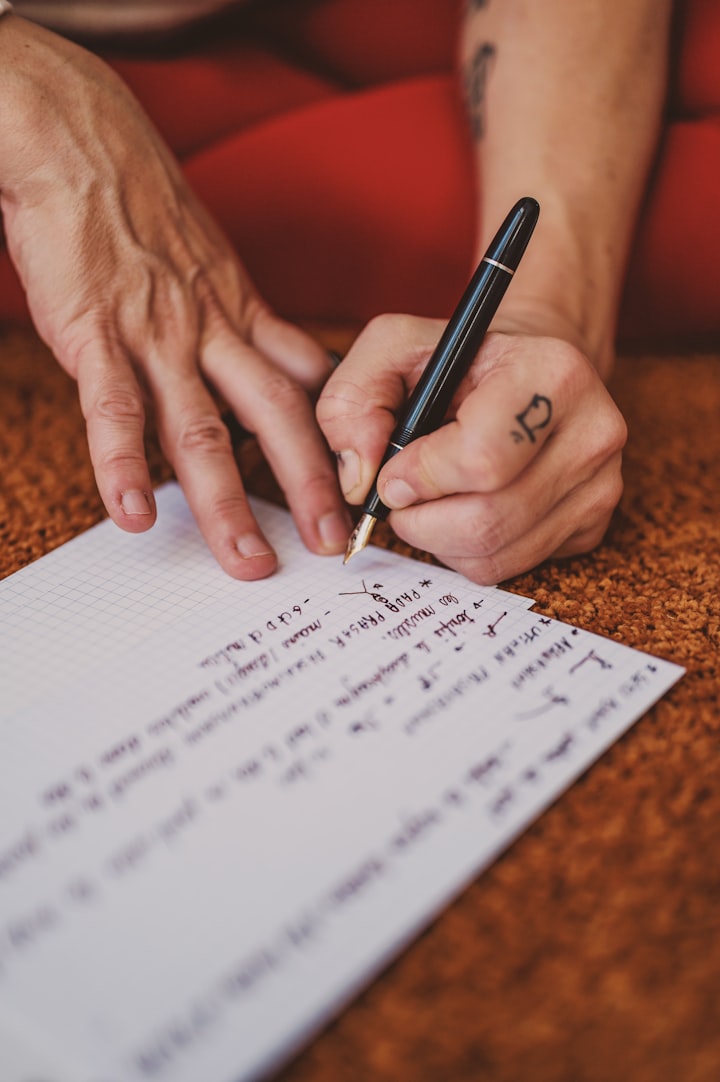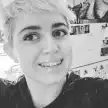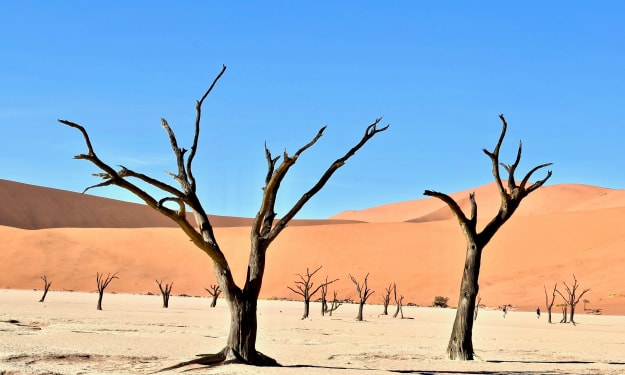The plot
writing tips

Okay, now that you have an idea for your fiction piece, you may be trying to figure out the details, what is happening, and where you want your story to go. And
This is where plot comes in.
What is It?
So what is plot exactly?
Although there is no set definition, and I looked for one, plot is most often thought of as what the story is about, whether or not you know what it is yet.
But don’t mistake it for real life because the plot is not quite like real life. Instead, it is one of the elements of writing that divides the real world from fiction.
Much of our day-to-day lives don’t carry much plot. I mean, how many characters do you see eat or go to the bathroom and have it drive a story forward?
So keep that in mind when writing since fiction has a point to get across.
The Major Question
Now, the question, known as the major question, is what drives much of the story. And is, for the most part, straightforward and will be answered by the end of the story.
Though, there is no need to feel pressured to make it a yes or no answer. Instead, you can leave it as a maybe, but do what feels right for your story.
However, keep it on the back burner that readers tend not to like stories where everything is resolved simply because of a random act, and as a reader, I will agree with that.
The most important thing is that your answer lines up with your question.
Actions
The actions of your main character, or protagonist, should answer the question because their desires often are intertwined with the plot, their goal being a yes, no, or maybe answer.
Goals
Now they don’t know what their goal is, they can, but they don’t have to. Goals don’t even have to be concrete, like saving the world. They can be abstract, like figuring out their place in the world.
Obstacles
There will be obstacles in the way of the MC as they run toward their goal, adding conflict. Conflict can be external, internal, or even both, depending on what you’re writing.
Now time to discuss the beginning, middle, and end.
The Beginning
The beginning of your story should do three main things; drop the reader into the middle of or right before the action because no one wants to read the days or weeks before.
Provide all the required background information to understand what’s happening without slowing down the pace, and it has to cement the major question into the story.
The Middle
The middle is where the MCs path is riddled with obstacles. As their path to their goal is blocked and blocked again, the tension rises, and the challenges become more and more daunting to the MC.
The middle is not composed of random events since that would confuse the reader.
Your story’s middle should be a chain of events that fit together like puzzle pieces that draw the reader in and make them want to read more, all while developing the MC and story.
It should also leave clues as to what might happen later on, in either the book or series, if possible.
The End
The end, the shortest and possibly the most crucial part of your story. It carries great responsibilities, bringing everything together and having it all make sense.
Your ending should follow the three C’s; crisis, climax, and consequence.
- Crisis is the point in the story when the tension is at its highest.
- Climax is when that tension breaks, and we get the answer.
- Consequences allude to what happens at the very end. Don’t be fooled by the word. Consequence merely means what is the product of an event, so it can be either good or bad unless you decide to end on a cliffhanger.
What if I Don’t Have a Plot?
Now do not panic about not having a definitive plot to your work. The plot isn’t something you just know right away. Instead, it emerges over a few or many drafts.
The plot is almost inseparable from the MC, after all.
Hell, I’m still not sure about the plot in all my work.
Finding It
If you want to search for your major question and have written at the very least one draft, one place to look is in the climax itself. I know it’s ironic, but it makes sense, considering how answers pop up when you haven’t even asked the question.
To Wrap Up
As you have probably guessed by now, the plot is a simple yet complicated and essential aspect of any story.
But you don’t need to have it set in stone before writing. It takes many hours and lots of writing to figure it out. It will surface soon enough.
All you have to do is write!
***
Thank you for reading! I hope you enjoyed it!
About the Creator
Amethyst Champagne
I create fiction, short stories, poetry, and more!
Subscribe to The Life of a Gem and The Writer's Corner for exclusive content!
And visit my website if you need help editing your fantastic story!
Enjoyed the story? Support the Creator.
Subscribe for free to receive all their stories in your feed. You could also pledge your support or give them a one-off tip, letting them know you appreciate their work.






Comments
There are no comments for this story
Be the first to respond and start the conversation.